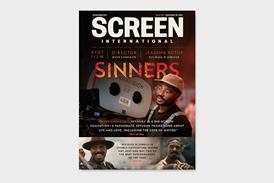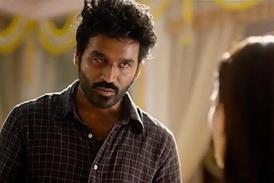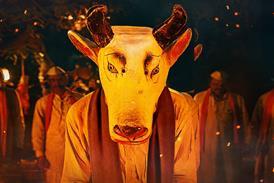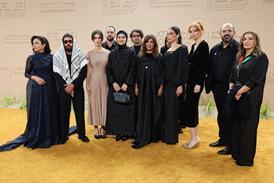Spike Lee's The Miracle At St Anna is alternatively being billed as the director's Second World War project and as his Italian project. Both are true - it is his first war film and the first project he has shot almost entirely outside the US.
"It's a miracle this film got made," says Lee of the diverse elements that came together with lightning speed to put the $45m Italy-US co-production in motion.
The director says he had an Italian project in mind for years and James McBride's book struck a chord. It tells the story of four black US soldiers in Italy in the Second World War who save a young Italian boy from the Germans and are subsequently sheltered by the boy's Italian village, once the scene of a Nazi massacre. "I wanted to do a war film and (felt) the contribution of black soldiers in the Second World War was greatly mis-estimated," Lee explains.
Italian producing partners Luigi Musini and Roberto Cicutto set up On My Own Productions after selling their independent distribution outfit Mikado to Gruppo De Agostini, and came on board as the project's co-producers with Lee's 40 Acres & A Mule Filmworks. "I thought I would have a very long holiday after selling Mikado," says Cicutto. But they put in the first $8.9m (EUR6m) "without knowing if the film would happen".
"Because Spike has 50% of the rights and On My Own has 50% of the rights, and he found money in the US (through Touchstone Pictures, which will release in the territory) and in Europe, it is one of the rare, real co-productions between the US and Europe," says Cicutto.
Rai's film production arm, Rai Cinema, came on board as a 25% financial partner and Rai will release Miracle in Italy through 01 Distribution. France's TF1 International pre-bought French rights and is handling international sales.
The project shot for nine weeks on location around Tuscany, three weeks at Rome's Cinecitta studios and at the city's Piazza del Popolo. Further scenes are now being shot on location in New York, Louisiana and the Bahamas.
The cast is a mix of Italians, Americans and Germans, and includes John Turturro, Derek Luke, Pierfrancesco Favino, Valentina Cervi and Christian Berkel. Lee brought his regular DoP Matthew Libatique and editor Barry Alexander Brown; the rest of the crew are mainly local hires.
Lee was keen to shoot at the authentic Tuscan locations, including Serchio River and the small village of St Anna di Stazzema. "When you shoot in the location where something happened, it gives you something back," he says.
His name helped when securing shooting permits from the Tuscan authorities. "Without him it would have been tough," admits executive producer Marco Valerio Pugini of facilities outfit Panorama Films.
Local co-operation was essential since Italy lacks incentives for foreign producers. The weak dollar and strong euro exchange rate also worked against the production. "I am afraid we lost about $1m," says Cicutto. Despite this, Lee and the producers say they never considered cheaper Eastern European locations.
"We shot the first battle sequence where the massacre took place. That did not happen in Eastern Europe," Lee says.

















No comments yet